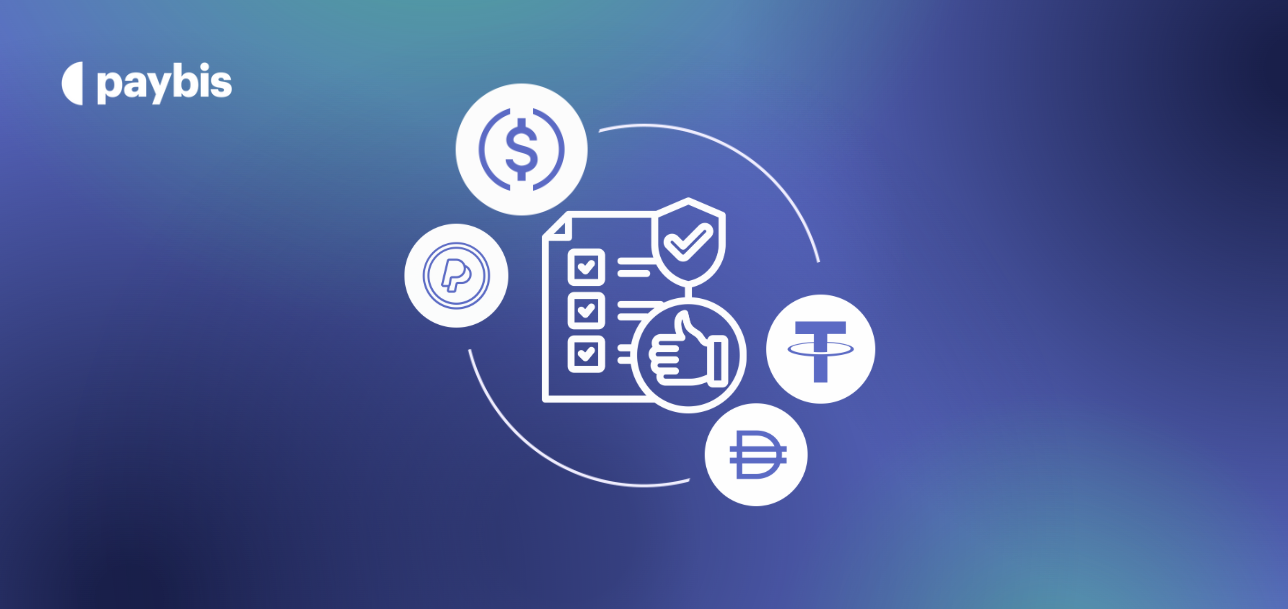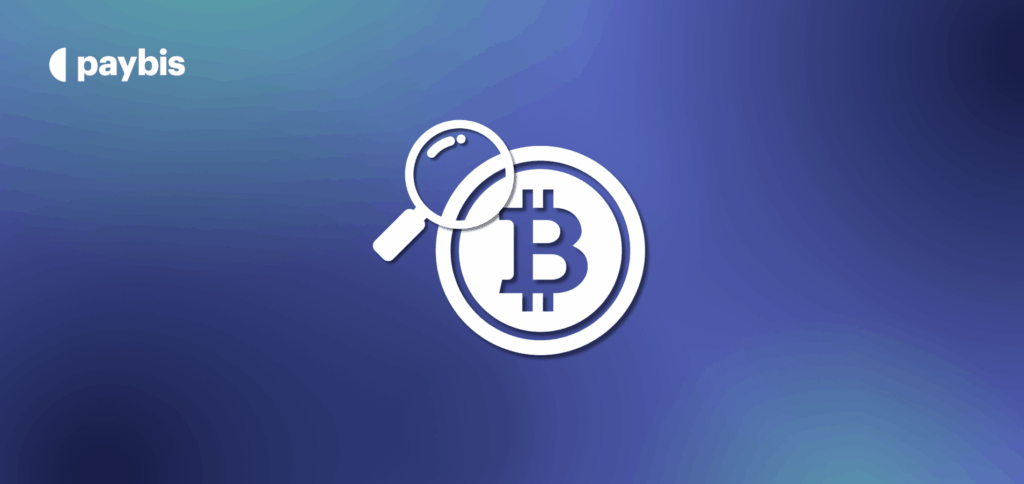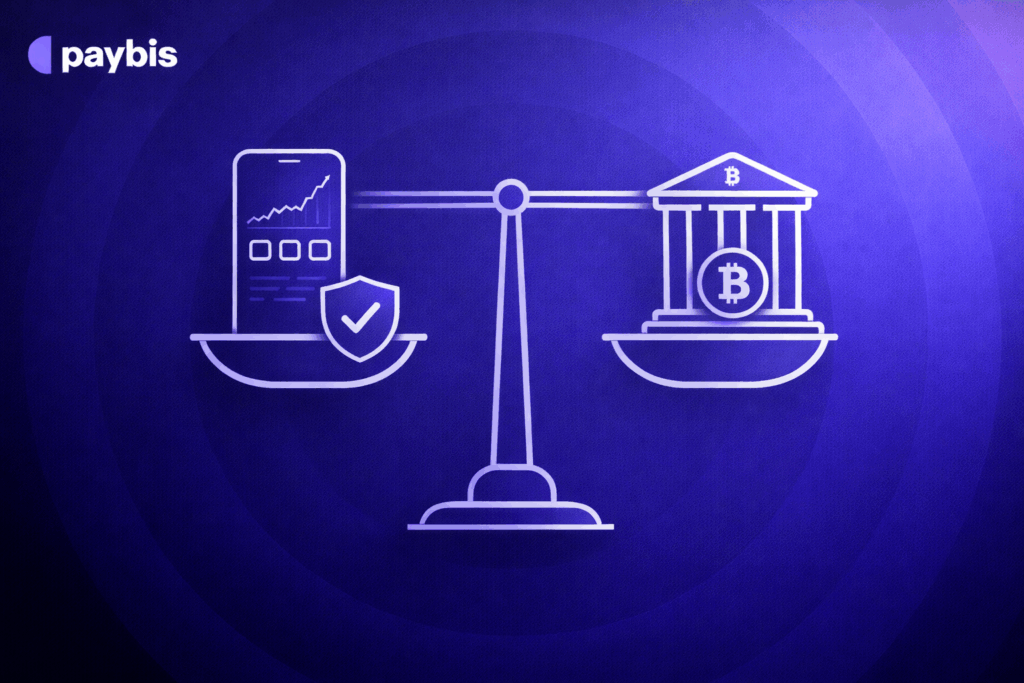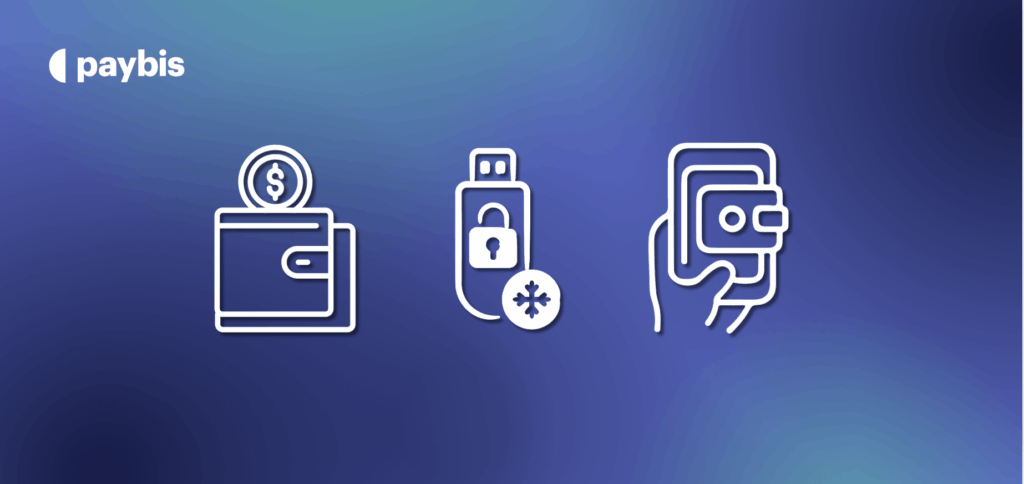STABLE Act Explained: What Stablecoin Holders Must Know in 2025
The Trump administration has kicked off 2025 with a series of cryptocurrency-backing and regulating initiatives, and one of the most important ones is the STABLE Act. This stablecoin legislation is a federal framework that’s set to take action before August 2025.
This new policy, or rather set of policies, will not only affect the crypto industry, namely stablecoins, but also involve the treasury department, national banks, banking organizations, and the stablecoin market as a whole.
Moreover, the STABLE Act will work together with the GENIUS Act to establish procedures on how to issue payment stablecoins, how they’re defined, licensed, and classified. The new regulations will apply differently to the two types of stablecoin: those backed by fiat reserves and those backed by algorithms or other assets.
Specifically, the stricter STABLE Act will allow only federally regulated banks to issue stablecoins, while the GENIUS Act will also permit qualified non-banks. While these acts will mostly affect payment stablecoin issuers, anyone who’s interested in owning stablecoins should know the main key points of these acts.
Table of contents
The Scope of the STABLE Act 2025
The STABLE Act of 2025, titled “Stablecoin Transparency and Accountability for a Better Ledger Economy Act of 2025,” will establish clear guidelines for what will constitute a payment stablecoin.
This stablecoin bill movement will create a federal regulatory framework for distinguishing stablecoins from other financial assets, including regulations on issuance standards, consumer protection, marketing restrictions, and licensing.
With this act, issuers will be required to establish procedures for the timely redemption of outstanding payment stablecoins and publicly disclose their redemption policy.
Defining What Qualifies as a Payment Stablecoin Under the Stable Act
The STABLE Act will establish payment stablecoins as digital assets specifically designed to function as a means of payment or settlement. Now, if an issuer wants a specific digital asset to qualify as a payment stablecoin under this stablecoin legislation, it must meet several criteria. Most important of which are:
- A digital asset must be denominated in a national currency.
- The issuer must either be obligated to convert, redeem, or repurchase the asset for a fixed amount of monetary value.
- The digital asset in question can’t be classified as securities or commodities.
- Stablecoins can’t be federally issued.
This definition is also closely related to the accompanying GENIUS Act’s approach. We’ll talk a little bit more about this act later in the article, but both bills will identify payment stablecoins through their function (payment/settlement) and value proposition (fixed or stable value).
In short, the STABLE Act is set to create a clear regulatory category for stablecoins that operate as payment instruments rather than investment vehicles.
No Interest Payments to Stablecoin Holders
One of the most significant aspects of the STABLE Act, which will be of great interest to stablecoin holders, will be the prohibition on interest payments to stablecoin holders. Currently, section 4, part 8 of the bill states that: “A permitted payment stablecoin issuer may not pay interest or yield to holders of its payment stablecoins”.
In truth, the main idea of this policy is to distinguish payment stablecoins from interest-bearing financial assets. However, this decision is understandably met with considerable debate in the crypto industry. Some argue that this prohibition could potentially limit consumer benefits. This consideration is further backed when one compares digital assets like stablecoins with traditional savings accounts.
Looking deeper, this part of the bill could also have an impact on stablecoin issuers’ commercial or consumer purpose activities, affecting plans like using rewards programs to encourage consumer adoption. While it’s still early to judge how this prohibition will pan out, it’s fair to say that lobbying efforts could be observed in the near future.
Excluding Tokenized Deposits and Securities
The STABLE Act will not only explicitly exclude payment stablecoins from being used as interest payments, but it will also work to clearly state what exactly falls outside the definition of payment stablecoins. Specifically, the stablecoin legislation will not include:
- National currencies themselves;
- Deposits as defined under the Federal Deposit Insurance Act, regardless of the technology used to record such deposits;
- Accounts as defined in the Federal Credit Union Act;
- Securities issued by registered investment companies.
Why are these exclusions important? Well, for one, this process is especially important to tokenized deposits and securities. The National American Securities Administrators Association (NASAA) has already been advocating for excluding all interest-bearing securities from the definition of payment stablecoin.
These exclusions are particularly important for tokenized deposits and securities. The National American Securities Administrators Association (NASAA) has advocated for excluding all interest-bearing securities from the payment stablecoin definition.
According to the STABLE Act initiative, this approach will help make sure that certain tokenized securities, like tokenized US treasuries, won’t be mistakenly labeled as payment stablecoins. Plus, this exclusion will also allow securities market participants to retain the flexibility to explore distributed ledger technologies for issuing and trading various types of interest-bearing securities.
GENIUS Act vs STABLE Act Explained
In essence, both the STABLE Act and the GENIUS Act seek to regulate stablecoins, but they do have significant differences when it comes to payment stablecoin issuers. For starters, the GENIUS Act will allow US entities to become approved stablecoin issuers, while the STABLE ACT will permit issuers from comparably regulated foreign jurisdictions to operate in the US.
|
Feature |
GENIUS Act |
STABLE Act |
|---|---|---|
|
Regulatory burden |
Light-touch, innovation-friendly |
Strict, bank-like compliance, somewhat open to foreign issuers |
|
Issuer requirements |
Allows non-banks to issue stablecoins under federal oversight |
Requires all stablecoin issuers to obtain a banking charter |
|
Federal oversight |
Proposes a new regulatory regime tailored for stablecoin issuers |
Brings stablecoins under existing banking laws |
|
Access to fed services |
Encourages fair access to federal reserve master accounts and services |
No specific provision |
|
Innovation support |
Prioritizes financial innovation and market competition |
Focused on consumer protection and systemic risk mitigation |
|
Impact on startups |
Enables fintechs and crypto-native firms to operate without converting into banks |
Could effectively exclude non-bank issuers due to high compliance costs |
Stablecoin Issuer Licensing and Regulation
The STABLE Act creates a dual-track licensing framework that allows stablecoin issuers to operate under either federal or state regulatory oversight, establishing clear pathways for both existing and new market entrants.
- Federal vs. state licensing requirements: Both the STABLE Act and the GENIUS Act will require stablecoin issuers to be licensed either federally or by states with comparable regulatory standards.
- Federal regulator roles (OCC, FDIC, Federal Reserve): The STABLE Act will assign regulatory oversight based on the issuer’s structure: OCC for nonbank issuers, FDIC for FDIC-insured bank subsidiaries, and the Federal Reserve for Fed member banks.
- Federal-state coordination via MOUs: The Act will encourage state and federal regulators to collaborate through memorandums of understanding (MOUs) for supervision and enforcement.
Reserve, Custody, and Redemption Requirements
Another important aspect of the STABLE Act is that it will require stablecoin issuers to maintain 1:1 full stablecoin reserves, backed only by safe assets like cash, central bank balances, short-term US Treasuries, or overnight Treasury repos. Here’s a quick recap of permitted reserve assets:
- US currency;
- Insured demand deposits;
- Treasuries;
- Treasury repos;
- Money market funds.
Reserves can’t be pledged, reused, or rehypothecated (kind of like borrowing something and then using it to borrow again), unless it’s strictly to cover redemptions. Moreover, issuers will also need to share monthly updates on their reserves, which will be required to be signed off by the CEO or CFO and checked by an independent third party.
Meeting Compliance and Managing Risk
Finally, the STABLE Act will classify permitted stablecoin issuers as financial institutions under the Bank Secrecy Act. This means that KYC will become a must, together with transaction monitoring, Suspicious Activity Reports (SARs), and sanctions compliance programs.
Additionally, the Financial Crimes Enforcement Network (FinCEN), a US government agency, will develop tailored AML rules for issuers, though lawmakers oppose excessive surveillance of self-hosted wallets.
To further safeguard infrastructure security and total adherence to compliance and federal securities laws, individuals with financial crime convictions will not be allowed to take any leadership roles.
As part of the overall risk management clause of the act, stablecoin issuers will be required to adopt a rigorous cybersecurity and operational risk management regulatory framework, like security programs, business continuity plans, and corporate governance structures.
Notably, this high level of relevant federal involvement will also mean that issuers will have to have the ability to freeze or block transfers when legally required. Though it’s possible that the legislation will be further amended to address calls for greater statutory consumer and bankruptcy protections, as well as measures to address potential use for illicit finance.
Summing Up
The STABLE Act is set to reshape US stablecoin federal regulation by enforcing strict reserve requirements, transparency, and dual federal-state licensing. While some in the crypto industry argue against such governmental inclusions, others see it as a major push forward for stablecoin adoption. Not to mention the after-effects this act could have on foreign policies surrounding stablecoins.
Either way, as we progress through 2025, it looks like there’s much to expect in terms of stablecoin adoption, and at Paybis, we’re committed to sharing the top industry updates just like this. Check out the Paybis blog for more information on all things crypto!
FAQ
What is the STABLE Act, and how does it regulate stablecoins?
The STABLE Act is a stablecoin legislation which is aimed at creating a comprehensive regulatory framework for stablecoins in the United States. Once passed, the act will establish licensing requirements, reserve standards, and compliance obligations for stablecoin issuers.
What are the key reserve requirements under the STABLE Act?
The Act will require stablecoin issuers to maintain reserve backing for their stablecoins on a one-to-one basis. Permitted reserve assets are limited to cash, central bank balances, short-term US Treasuries, and overnight Treasury repos.
How does the STABLE Act address anti-money laundering (AML) concerns?
The STABLE Act will designate stablecoin issuers as “financial institutions” under the Bank Secrecy Act, which will, in turn, subject them to stringent AML obligations. This includes implementing strict Know Your Customer (KYC) procedures, transaction monitoring systems, and submitting Suspicious Activity Reports (SARs) for potentially illicit transactions.
What is TrueUSD (TUSD)?
TrueUSD (TUSD) is a stablecoin launched in 2018 by TrustToken, a platform focused on bringing real-world assets onto the blockchain. To answer the question of what is TUSD, it’s essentially designed to be fully collateralized and pegged to the US dollar. TUSD aims to offer a stable, transparent, and legally protected digital currency for both institutional and retail investors.
Can I buy USDT on Paybis?
Absolutely. If you’re looking to buy USDT on the Paybis exchange platform, you can easily do that. Just choose a convenient payment method, and you’re good to go. You can also buy USD Coin on our platform as well.
Disclaimer: Don’t invest unless you’re prepared to lose all the money you invest. This is a high‑risk investment and you should not expect to be protected if something goes wrong. Take 2 mins to learn more at: https://go.payb.is/FCA-Info



